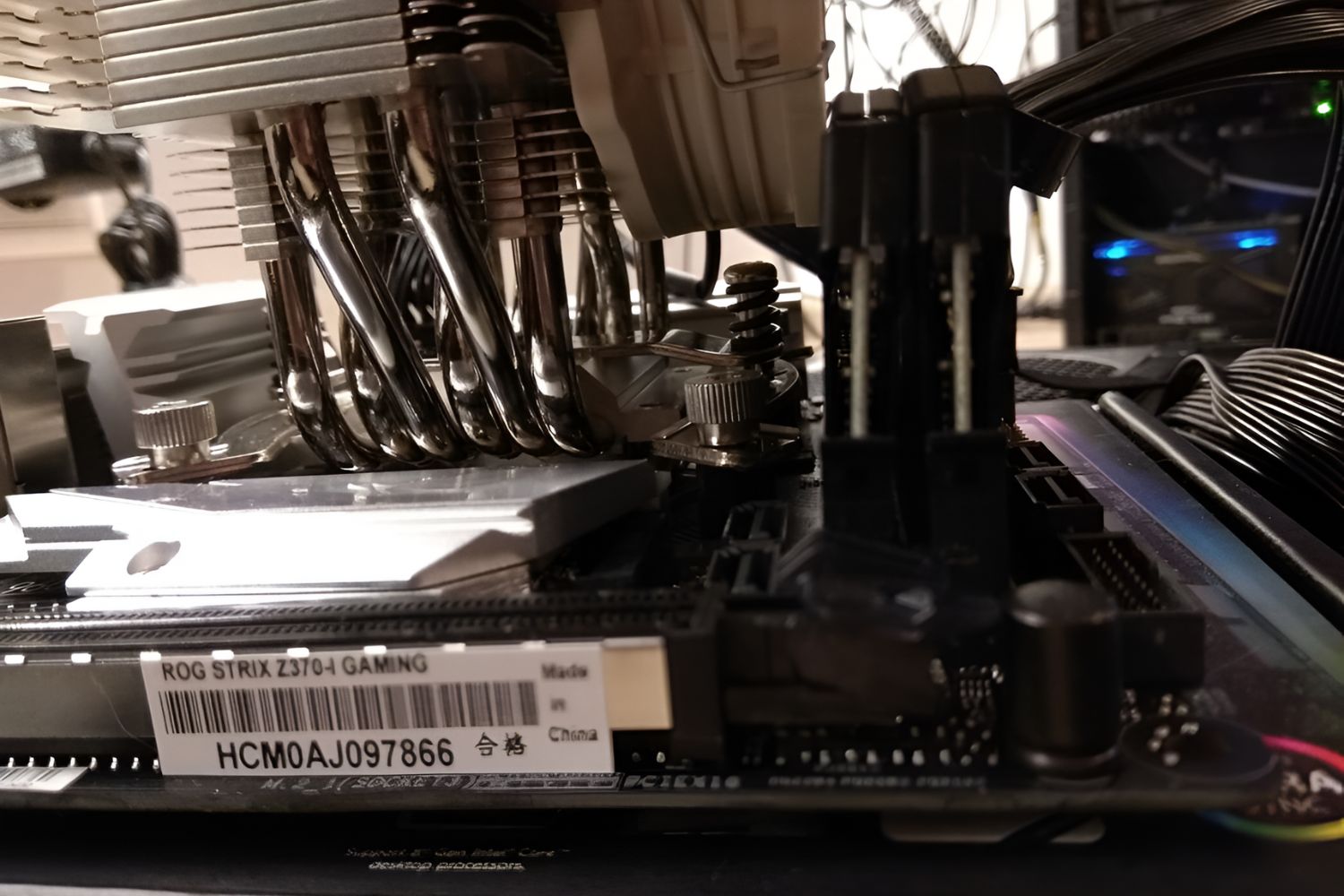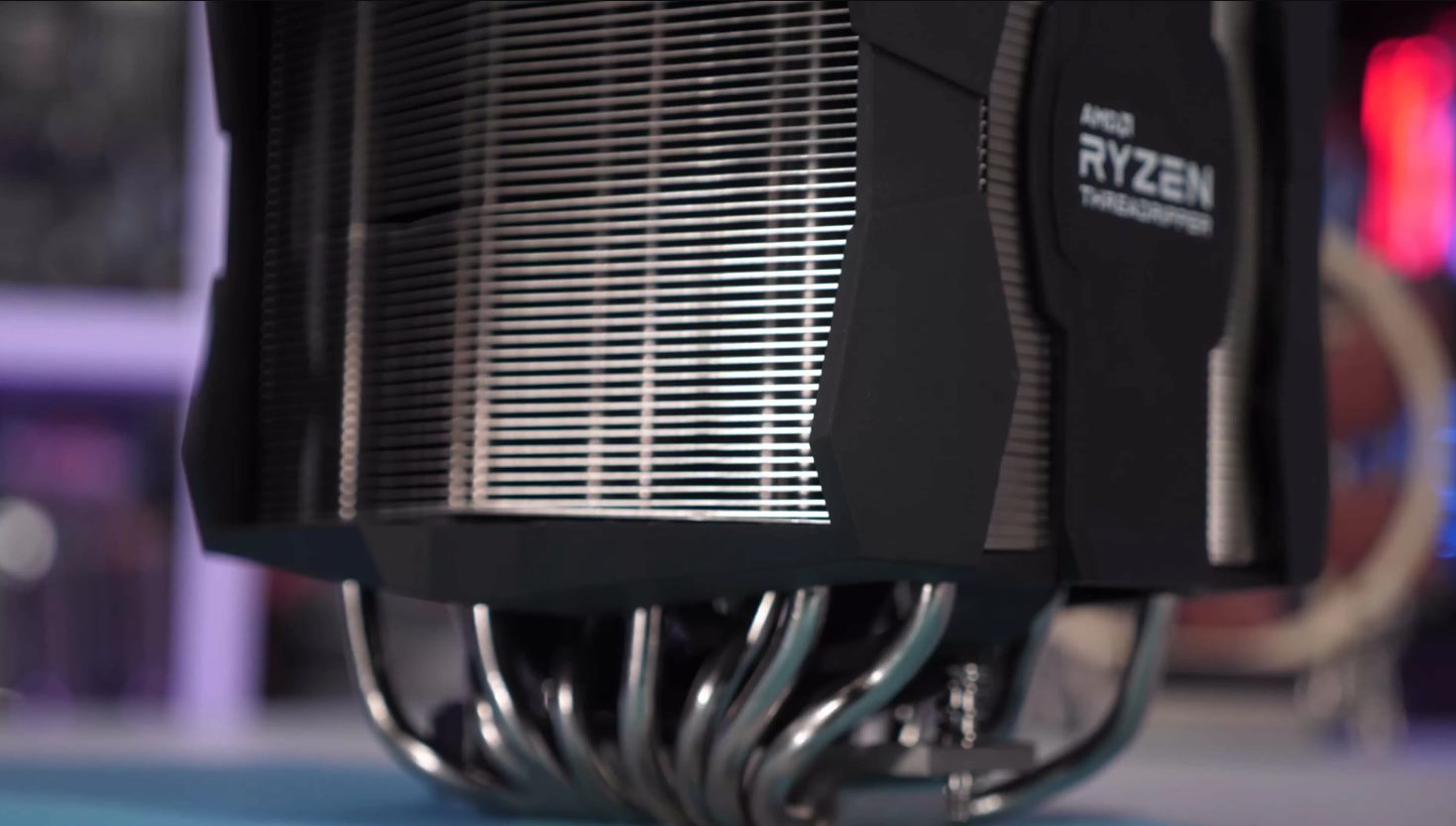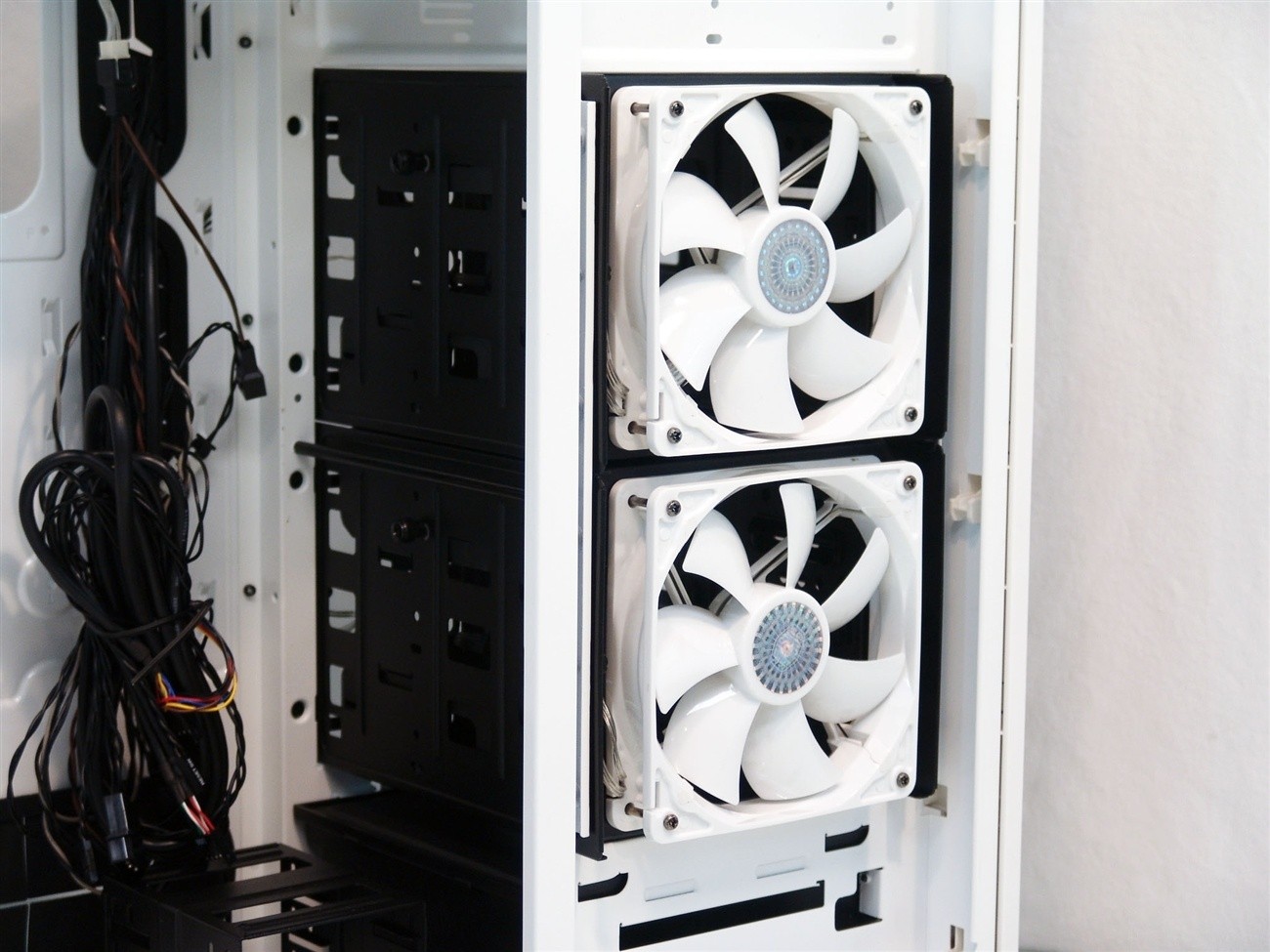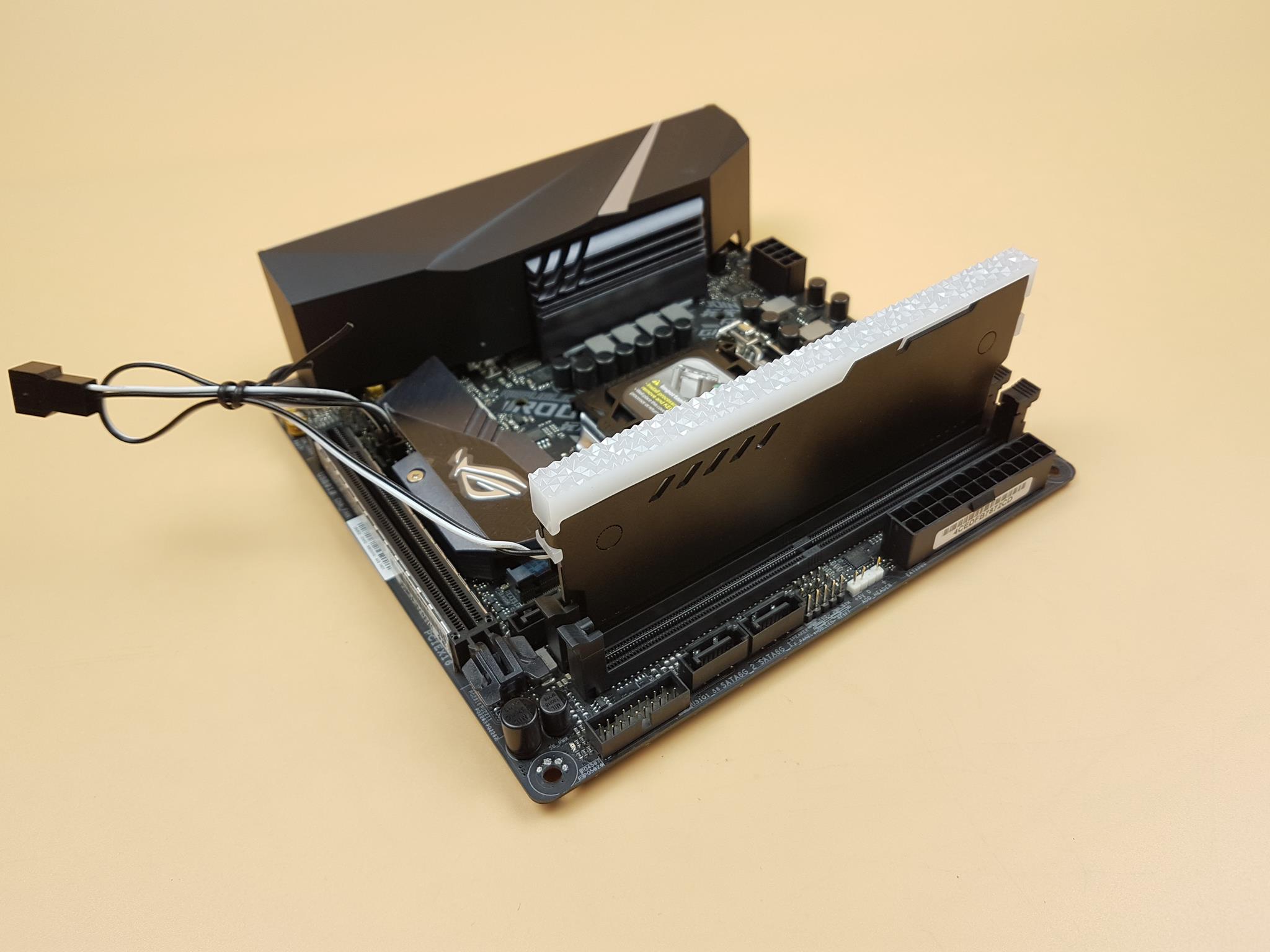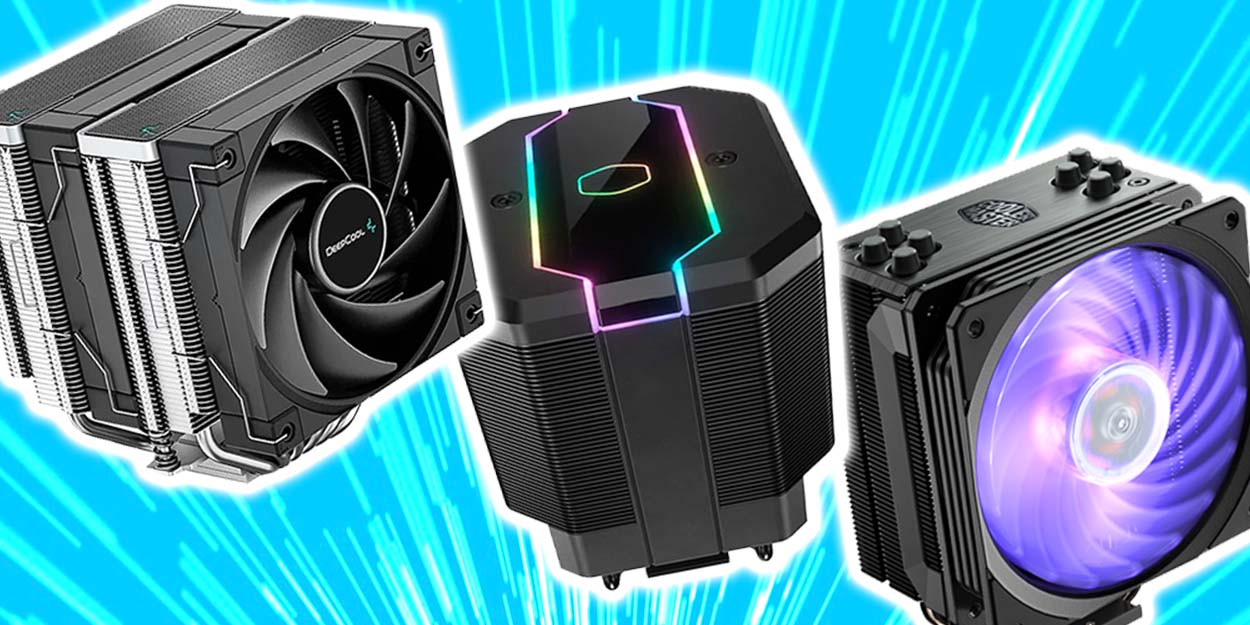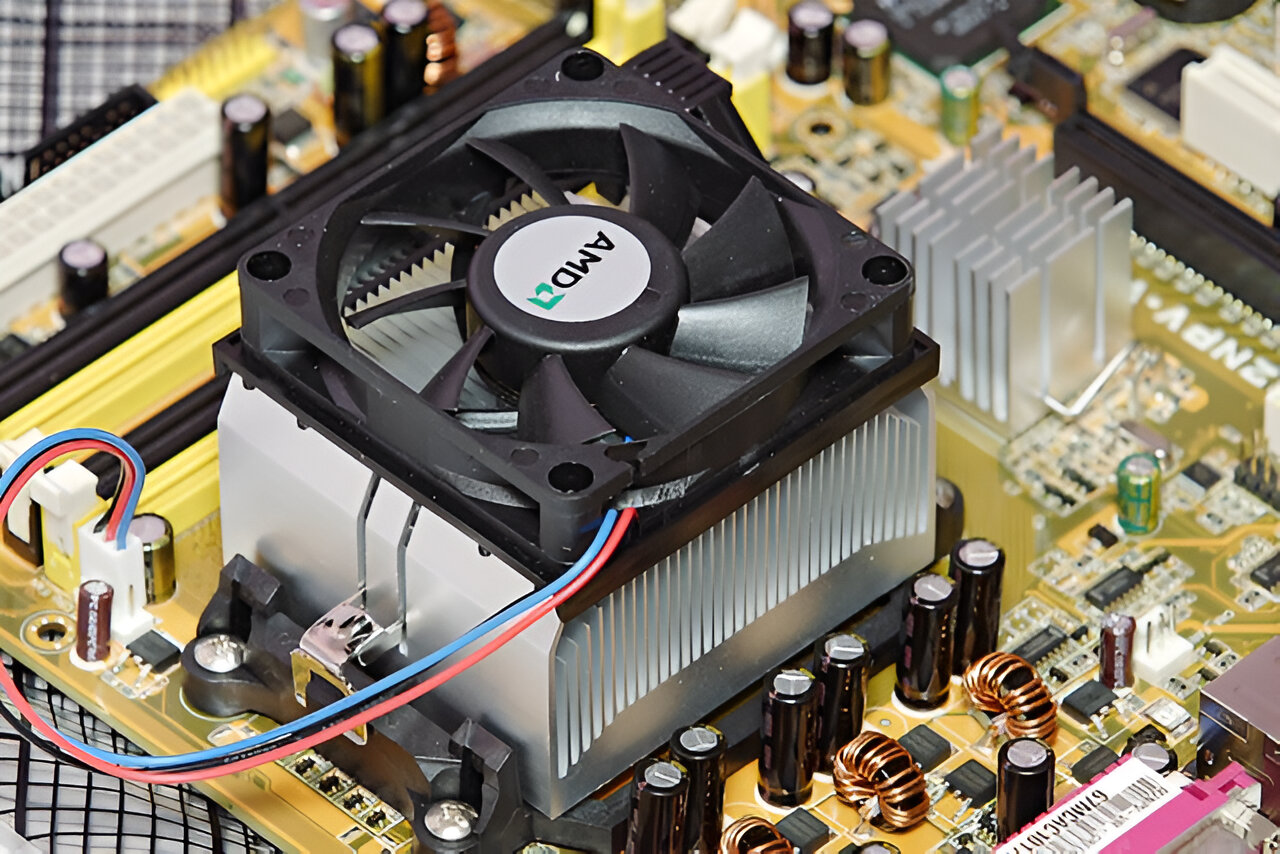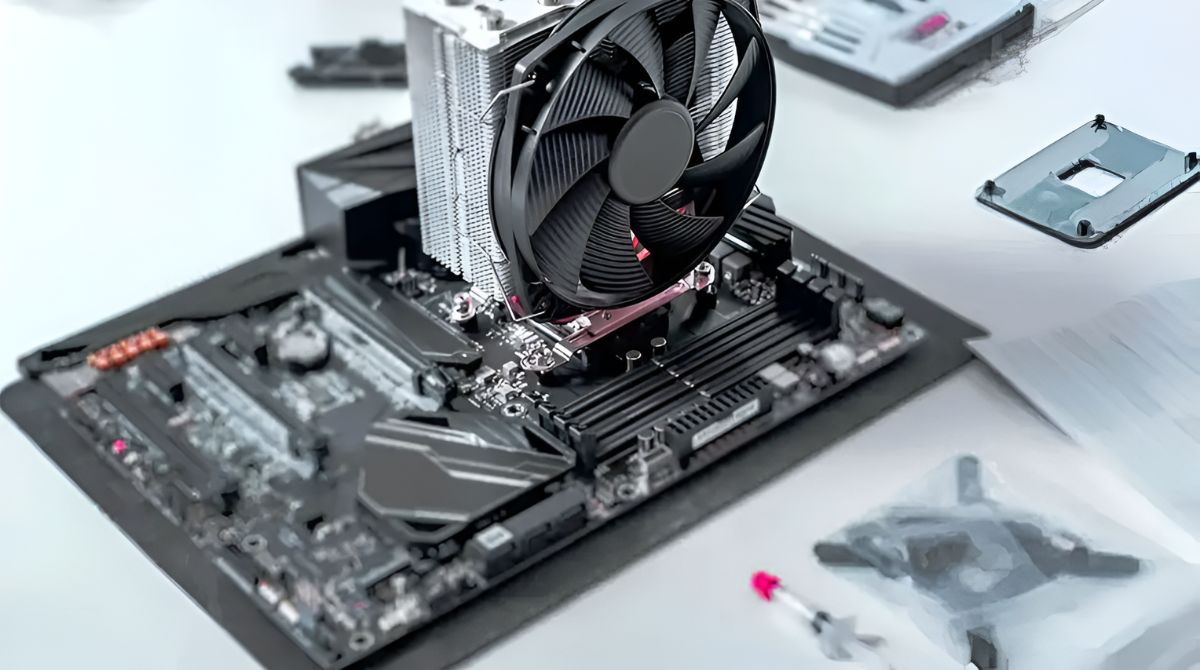Introduction
When it comes to computer hardware, many components work together to ensure smooth and efficient operations. Two crucial components that often come into direct contact with each other are RAM (Random Access Memory) and the CPU cooler. RAM is responsible for storing temporary data and assisting with the execution of tasks, while the CPU cooler keeps the processor from overheating by dissipating heat. Although they play different roles, there may be instances where the RAM can block the CPU cooler, causing potential issues.
In this article, we will explore the possibility of RAM blocking the CPU cooler, the symptoms that may indicate a blockage, and the potential risks involved. We will also discuss effective ways to prevent RAM from blocking the CPU cooler and the importance of maintaining proper airflow in your computer system.
Understanding the relationship between RAM and the CPU cooler is essential to ensure optimal performance and prevent any potential problems that may arise. Let’s dive deeper into these components and explore what can happen if the RAM blocks the CPU cooler.
What is RAM?
RAM, or Random Access Memory, is an essential component of a computer system that stores temporary data and instructions. It allows the CPU (Central Processing Unit) to quickly access the necessary data for executing tasks. Think of RAM as the computer’s short-term memory, where information is stored temporarily while the system is running. Unlike the storage capacity of a hard drive or SSD, RAM provides fast, temporary storage that is crucial for efficient multitasking and smooth program operations.
RAM is made up of memory modules that are installed on the motherboard of a computer. These modules are small circuit boards with integrated memory chips, often referred to as DIMMs (Dual In-Line Memory Modules). The capacity of RAM can vary depending on the needs of the system, ranging from a few gigabytes (GB) to several terabytes (TB) in high-end servers.
RAM operates at high speeds, allowing for quick read and write operations. This speed is measured in megahertz (MHz) or gigahertz (GHz), indicating the number of cycles per second that the RAM can perform. The higher the MHz or GHz rating, the faster the RAM can transfer data and instructions to the CPU.
In addition to speed, RAM also has different types and generations, such as DDR3, DDR4, and DDR5. These different generations offer improved performance and energy efficiency compared to their predecessors. It’s important to ensure compatibility between the RAM modules and the motherboard to ensure smooth functioning.
RAM works closely with the CPU to deliver optimal performance in a computer system. When you run applications, data is loaded into RAM, and the CPU accesses the necessary information from RAM to perform the instructions. Without sufficient RAM capacity, the system may experience slowdowns, lag, or even crashes. Upgrading the RAM in a computer is a common way to improve overall performance, especially for tasks that require a lot of multitasking and memory-intensive operations.
What is a CPU Cooler?
A CPU Cooler is a vital component in a computer system that helps regulate the temperature of the CPU. As the CPU performs countless calculations and operations, it generates significant heat. If this heat is not effectively dissipated, it can lead to thermal throttling, reduced performance, and even permanent damage to the CPU.
A CPU Cooler works by facilitating the transfer of heat away from the CPU and into the surrounding environment, keeping the temperature within safe limits. It consists of two main parts: a heatsink and a fan. The heatsink is a metal structure with fins that provides a large surface area for heat dissipation. The fan, typically attached to the heatsink, helps increase airflow, expediting the cooling process.
The CPU Cooler’s design and effectiveness can vary depending on factors such as the CPU’s power consumption, the computer system’s overall airflow, and the user’s cooling requirements. There are different types of CPU Coolers available, including air coolers and liquid (water) coolers.
Air coolers, the most common type, use a heat pipe technology that transfers heat from the CPU to the metal fins of the heatsink. The fan blows air across these fins, dissipating the heat into the surrounding environment. Air coolers come in various sizes, with some featuring large heatsinks and dual fans for enhanced cooling performance.
Liquid coolers, on the other hand, utilize a closed-loop system that circulates liquid (typically water) through a radiator attached to the CPU. The liquid absorbs the heat generated by the CPU and transports it to the radiator, where a fan blows air across the radiator, cooling the liquid. Liquid coolers often offer higher cooling efficiency and quieter operation, making them popular among enthusiasts and users with high-performance systems.
Efficient cooling is crucial for maintaining the stability and longevity of the CPU. High temperatures can lead to system instability, unexpected shutdowns, and reduced lifespan of the CPU. Investing in a quality CPU Cooler can help ensure optimal performance and protect your valuable hardware investment.
Can RAM Block a CPU Cooler?
While it may sound surprising, RAM can indeed block a CPU cooler under certain circumstances. The primary factor that determines whether RAM can obstruct the CPU cooler is the physical size and height of the RAM modules.
In most computer systems, the CPU cooler is installed directly on the motherboard, near the CPU socket. The RAM modules, on the other hand, are typically slotted into DIMM slots located close to the CPU socket as well. Sometimes, the height of the CPU cooler and the size of the RAM modules can overlap, leading to a potential blockage.
If the RAM modules are too tall or have large heatsinks or heat spreaders, they may obstruct the installation or functioning of the CPU cooler. The CPU cooler’s fan may make contact with the RAM modules or the heatsinks, leading to limited airflow and compromised cooling performance.
It’s important to note that not all RAM modules will cause this issue. Some RAM modules are designed with a low profile and smaller form factor, which reduces the risk of obstructing the CPU cooler. However, if you have taller RAM modules with larger heatsinks, it’s crucial to ensure compatibility with the selected CPU cooler.
It’s worth mentioning that some CPU coolers provide adjustable fan heights or have a design that allows for clearance over tall RAM modules. Additionally, certain high-end CPU coolers may come with offset configurations or compatible mounting brackets that provide clearance for RAM modules.
If you encounter a situation where the RAM is blocking the CPU cooler, it’s crucial to address this issue as improper cooling can have severe consequences. Restricted airflow and inadequate heat dissipation can result in higher CPU temperatures, leading to thermal throttling, reduced performance, and potential long-term damage to the CPU.
Ensuring compatibility between the size and height of RAM modules and the chosen CPU cooler is essential to prevent any blockage and maintain optimal cooling performance in your computer system.
Symptoms of RAM Blocking CPU Cooler
When RAM blocks the CPU cooler, it can cause various symptoms that indicate compromised cooling performance. Identifying these symptoms is crucial to address the issue promptly and prevent potential damage to your computer system. Here are some common signs that your RAM may be blocking the CPU cooler:
- Increased CPU Temperatures: One of the most noticeable symptoms of RAM blocking the CPU cooler is higher CPU temperatures. When the CPU cooler is obstructed, airflow is limited, and heat cannot be effectively dissipated. This leads to increased temperatures, which can be observed through monitoring software or BIOS temperature readings. Consistently high temperatures indicate a potential problem with the cooling system.
- System Instability: Insufficient cooling due to RAM blocking the CPU cooler can cause system instability. Overheating of the CPU can lead to thermal throttling, where the CPU reduces its performance to prevent damage. This can result in frequent system crashes, unexpected shutdowns, and even the inability to complete resource-intensive tasks.
- Reduced CPU Performance: When the CPU temperatures rise due to inadequate cooling, the processor may dynamically reduce its clock speed to mitigate the heat. This can result in reduced CPU performance, impacting tasks that require high processing power, such as gaming, video editing, or 3D rendering.
- Loud Fan Noise: If the CPU cooler’s fan is obstructed by the RAM modules, it may have to work harder to push air through the limited space available. The increased strain on the fan can lead to louder fan noise as it spins at higher RPMs. This can be a noticeable change from the usual fan noise level and may indicate restricted airflow due to RAM blockage.
- Heatsink Contact: In some cases, if the RAM modules have large heatsinks or heat spreaders, they may physically touch the CPU cooler’s heatsink or fan. You may notice visible marks or scrapes on the RAM modules or signs of contact on the CPU cooler. This direct contact can hinder proper cooling and increase the risk of damage to both the RAM and the CPU cooler.
If you observe any of these symptoms, it’s essential to investigate and ensure the RAM is not blocking the CPU cooler. Taking necessary measures to resolve the blockage will help restore optimal cooling performance and prevent potential damage to your computer system.
Potential Risks of RAM Blocking CPU Cooler
When RAM blocks the CPU cooler, it poses several potential risks that can have detrimental effects on the overall health and performance of your computer system. Ignoring or not addressing this issue can lead to the following risks:
- Increased CPU Temperature: The primary risk of RAM blocking the CPU cooler is the rise in CPU temperature. Insufficient cooling can cause the CPU to operate at higher temperatures, which can lead to thermal throttling. Extended periods of high temperatures can ultimately result in permanent damage to the CPU, reducing its lifespan and overall performance.
- Reduced System Stability: When the CPU operates at elevated temperatures for extended periods, it can affect the stability and reliability of the entire system. Overheating can cause the system to become unstable, resulting in frequent crashes, system freezes, or unexpected shutdowns. This instability can lead to data loss, interrupted workflow, and frustration for users.
- Diminished CPU Performance: Inadequate cooling due to RAM blocking the CPU cooler can lead to reduced CPU performance. When the CPU reaches high temperatures, it may automatically decrease its clock speed through thermal throttling to prevent damage. This throttling can significantly impact the system’s overall performance, resulting in slower application loading times, lag during gaming, and decreased productivity for resource-intensive tasks.
- Potential for Component Damage: When the CPU temperatures rise due to limited airflow and inadequate cooling, other components within the system can also be at risk. Excessive heat can affect the stability and longevity of components such as the motherboard, graphics card, and storage devices. Over time, the increased thermal stress can lead to diminished performance and even premature failure of these components.
- Noise and Fan Wear: When the CPU cooler’s airflow is restricted due to RAM blockage, the cooler’s fan may need to work harder to maintain adequate cooling. This can result in increased fan noise as it spins at higher RPMs. The louder noise can be distracting and annoying for users. Additionally, the increased strain on the fan can lead to premature wear and reduce its lifespan, necessitating the need for replacement.
It’s crucial to address the issue promptly and prevent RAM from blocking the CPU cooler to mitigate these potential risks. Regularly monitoring CPU temperatures, ensuring proper airflow, and maintaining compatibility between RAM and CPU cooler are key steps to safeguarding your computer system’s performance and longevity.
How to Prevent RAM from Blocking CPU Cooler
To prevent RAM from blocking the CPU cooler and ensure optimal cooling performance in your computer system, consider the following measures:
- Check Compatibility: Before purchasing RAM modules and a CPU cooler, ensure they are compatible with each other and your motherboard. Research the dimensions, height, and clearance requirements of both components to avoid any potential blockage issues.
- Select Low-Profile RAM: Opt for low-profile RAM modules that have a smaller form factor and a lower height. Low-profile RAM modules minimize the risk of blocking the CPU cooler while still providing adequate performance.
- Choose CPU Coolers with Clearance: When selecting a CPU cooler, look for models that offer clearance for taller RAM modules. Some CPU coolers have adjustable fan heights, offset configurations, or compatibility with mounting brackets that provide clearance for RAM modules.
- Consider Compact CPU Cooler Designs: Alternatively, consider using a compact CPU cooler that is specifically designed to fit within systems with limited space. These coolers often have a smaller footprint and a lower profile, ensuring compatibility with RAM in close proximity.
- Position RAM in Optimal Slots: When installing RAM modules, position them in available slots that provide maximum clearance from the CPU cooler. Some motherboards may have different slots with varying distances from the CPU socket, allowing for better airflow and clearance.
- Ensure Proper Installation: Pay close attention to the installation process of both the RAM modules and the CPU cooler. Follow the manufacturer’s instructions and guidelines to ensure the components are correctly seated and firmly attached.
- Monitor CPU Temperatures: Regularly monitor CPU temperatures using software or BIOS monitoring tools. This allows you to identify any abnormal temperature increases that may be caused by a blocked CPU cooler. If temperatures are consistently high, investigate for potential blockage or cooling issues.
- Maintain Proper Airflow: Ensure your computer case has proper airflow by utilizing fans and ventilation. Positioning case fans strategically can help facilitate the movement of cool air into the system and the expulsion of hot air. Good airflow helps maintain optimal temperatures and reduces the risk of RAM blocking the CPU cooler.
- Periodically Clean Components: Dust and debris can accumulate on RAM modules, CPU cooler fins, and fans over time, hindering airflow and cooling performance. Regularly clean these components using compressed air or an antistatic brush to remove any obstruction and maintain efficient cooling.
By following these preventive measures, you can reduce the risk of RAM blocking the CPU cooler and ensure that your computer system operates at optimal temperatures, promoting stability and longevity.
Conclusion
Understanding the relationship between RAM and the CPU cooler is crucial for maintaining optimal performance and temperature regulation in your computer system. While it may seem unlikely, RAM can block the CPU cooler, leading to compromised cooling performance and potential risks.
In this article, we explored the possibility of RAM blocking the CPU cooler, the symptoms indicating a blockage, and the potential risks involved. We also discussed preventive measures to ensure RAM and CPU cooler compatibility and maintain proper airflow within the system.
By selecting compatible components, such as low-profile RAM modules and CPU coolers with sufficient clearance, you can prevent the risk of blockage. Proper installation and maintenance, including monitoring CPU temperatures and maintaining airflow, are essential for identifying and addressing any potential issues promptly.
Remember that high CPU temperatures due to restricted airflow can lead to reduced performance, system instability, and potential damage to components. It’s vital to prioritize proper cooling to ensure optimal system operation and protect your valuable hardware investment.
By implementing the preventive measures outlined in this article, you can prevent RAM from blocking the CPU cooler and maintain efficient cooling performance in your computer system. This will lead to improved overall performance, increased system stability, and prolonged lifespan of your components.
Take the necessary steps to ensure that your RAM and CPU cooler work harmoniously together, allowing your computer system to function at its best capacity. With proper cooling, you can enjoy a smoother, more reliable computing experience for all your tasks and activities.







